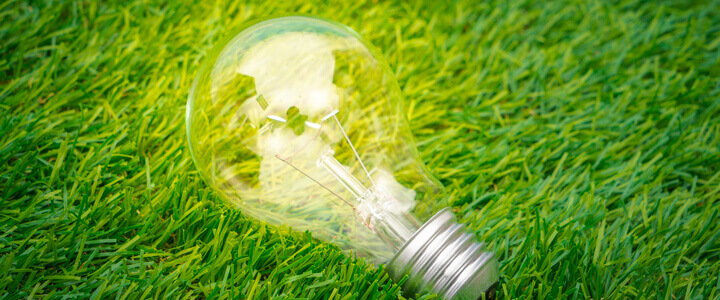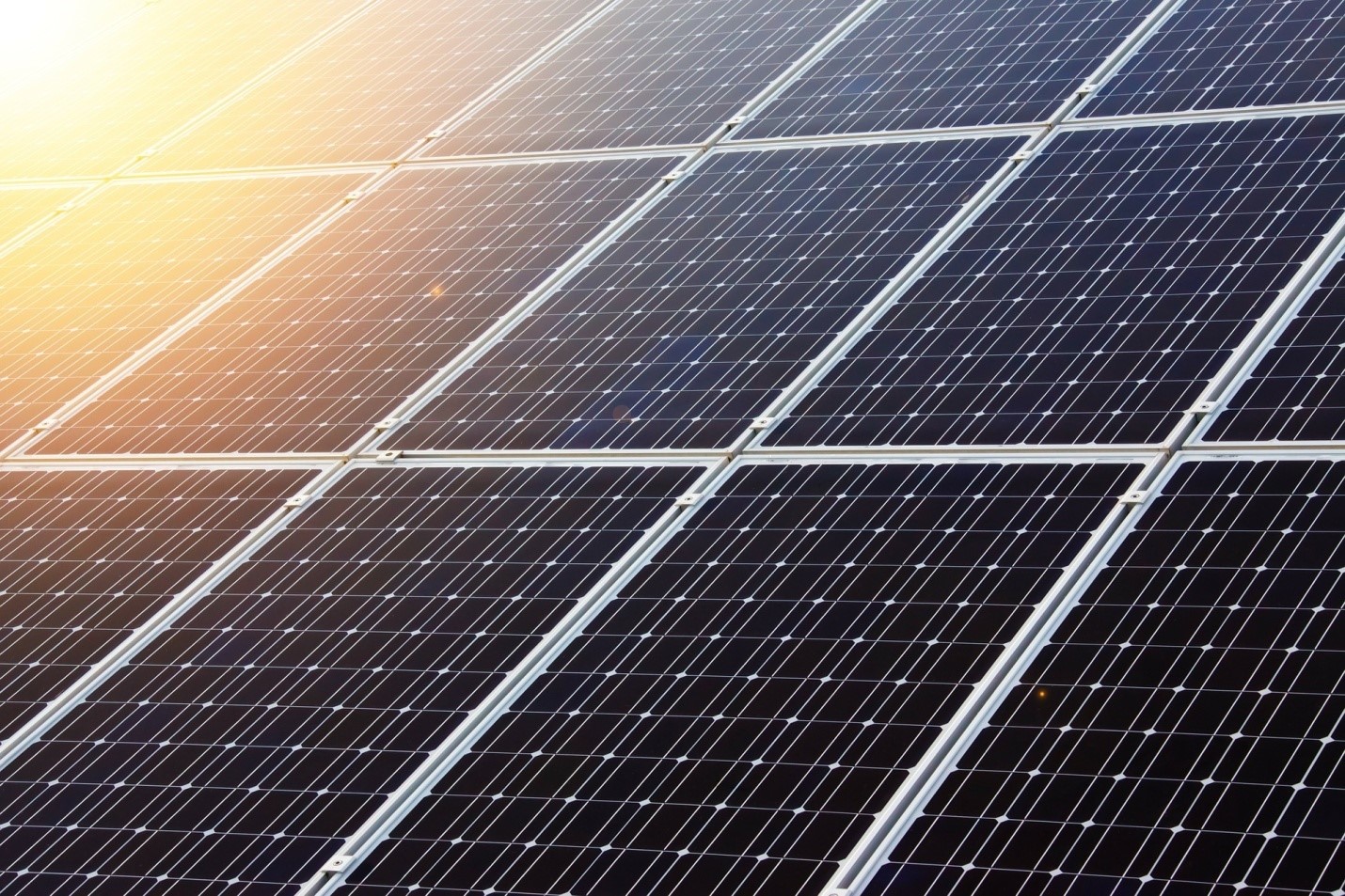Can We Power the Internet With More Renewable Energy?
The green revolution is influencing the digital engineering sector. Global sustainability goals challenge technology’s carbon footprint, which impacts manufacturing and consumption practices. Some individuals are seeking high-efficiency electronics to shrink their footprints, while others expect energy companies to intervene. The majority of the digital sector’s power supply comes from fossil fuels.
High internet energy consumption rates directly contribute to climate change. Individuals may prevent the enhanced greenhouse effect by powering the internet with more renewable supplies.

Current Energy Sourcing
Internet energy consumption contributes to global climate change because nearly 80% of the power supply comes from fossil fuels. Fossil fuels generate greenhouse gas emissions during the combustion phase. Carbon emissions are the leading cause of climate change and cause atmospheric degradation. The internet is an energy-intensive digital sector, consuming up to 307 gigawatts of electricity annually.
Global internet users consume about 6.2% of the worldwide power supply. Energy producers generate roughly 29% of the global supply from renewable sources. Digital devices’ efficiency levels significantly affect internet energy consumption. Popular electronics like smartphones and laptops have low efficiency rates, which increases their internet-related power consumption.
Engineers must work with energy producers to minimize the global consumption rate. Digital professionals must limit internet speeds and increase renewable power sourcing to improve global sustainability. This can increase economic and environmental efficiency.
Internet Energy Consumption and Sustainability
Various sectors, from transportation to manufacturing, rely on internet connections. The global digital transformation is expanding by 10.4% each year. Professionals must increase renewable energy sourcing for digital expansion projects and reduce internet-related pollution. Increasing the internet’s sustainability is essential to individuals’ safety and well-being. Residents of rural regions rely on mobile communication devices to access emergency response services.
Sustainable internet sources also improve residents’ safety by supporting smart systems. Urban communities are integrating smart technologies into their monitoring systems. The technology uses the Internet of Things (IoT) to relay security footage, air quality data and other information to city officials. Using renewable energy to power the internet increase resilience during storms and other interferences.
Powering the internet with renewables also supports eco-consumer demands. Over one-third of customers worldwide will pay more for eco-friendly goods. Environmental engineers are searching for ways to power global internet services with emission-free electricity. Researchers are exploring whether renewable energy can support internet power demands. Green sources’ low efficiency rates may not be able to keep up. Emission-free energy powers the residential, commercial, industrial and transportation sectors. Energy producers must increase renewable energy production to support the internet.
Increasing Clean Power Production
Eco-conscious nations are establishing sustainability goals, which influence renewable energy production. The U.S. is increasing clean power production to achieve its emission-reduction targets. The Biden-Harris administration plans to decarbonize the electric grid with solar, geothermal and wind power.
Environmental engineers are supporting renewable energy expansions with advanced technological development. Individuals can only produce a fixed amount of solar power in America based on available natural space. Engineers are challenging production limitations with floating photovoltaic (floatovoltaic) solar panels. Floatovoltaic panels produce emissions-free electricity over lakes and the ocean.
They have higher efficiency rates than conventional panels because the water cools them down in the summer. Energy professionals are also increasing clean power production with offshore wind farms, which also preserve natural spaces. The turbines additionally have higher efficiency rates because they reach stronger wind patterns.

Creating More Efficient Devices
Internet energy consumption increases as devices’ efficiency levels decrease. Many consumers are more concerned with the functionality of electronics than their sustainability. Engineers can design items to minimize power use, which helps renewable energy sources support their functions. Manufacturers are creating smart thermostats to minimize power use while maintaining internet connections.
The systems use IoT technology to increase heating, ventilation and air conditioning (HVAC) units’ energy efficiency. They use real-time weather predictions to reduce temperature control power waste. They also use motion detection sensors to turn systems off in vacant zones. Engineers are additionally developing more energy-efficient smartphones and tablets to minimize electricity waste. Using highly efficient electronics can support renewable energy sourcing from poor-performing devices.
When Will Countries Decarbonize Their Energy Grids?
Many nations established grid decarbonization goals coinciding with global sustainability regulations. The United Nations plans to achieve international carbon neutrality by the middle of the century. Professionals may power the internet with emission-free supplies after expanding production practices to meet these objectives.


















